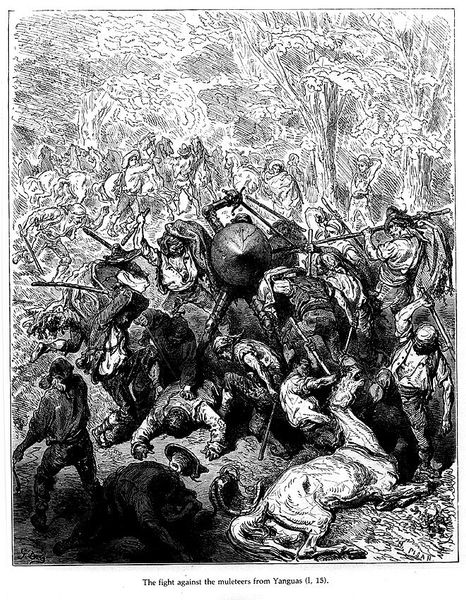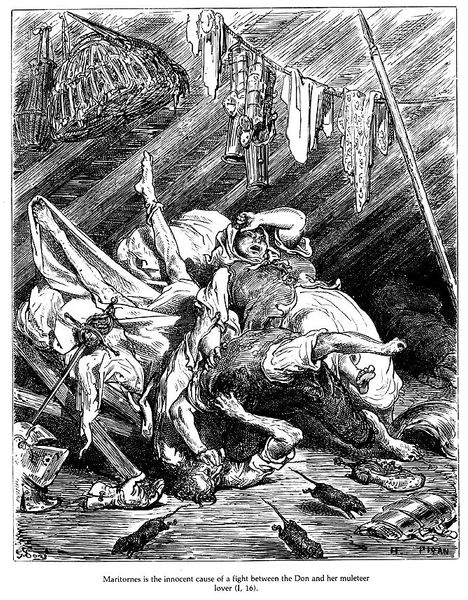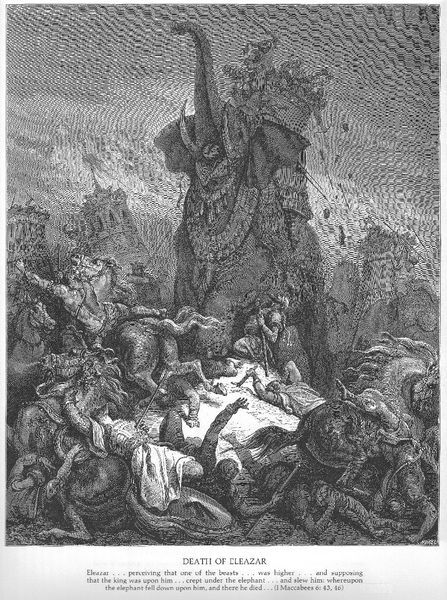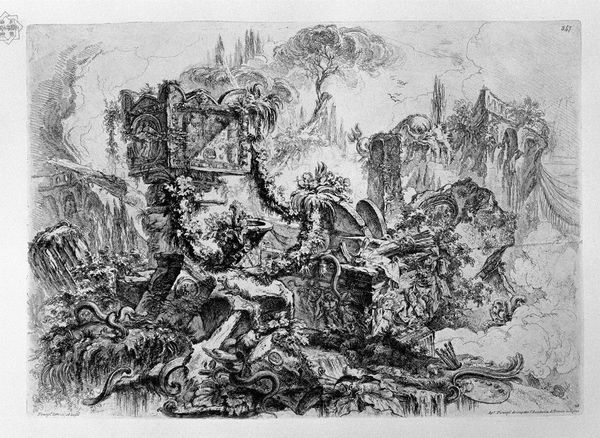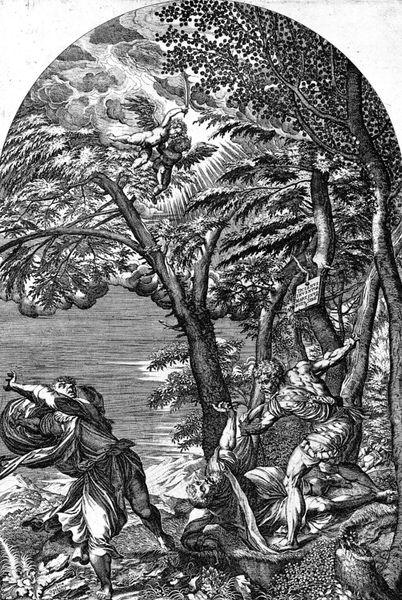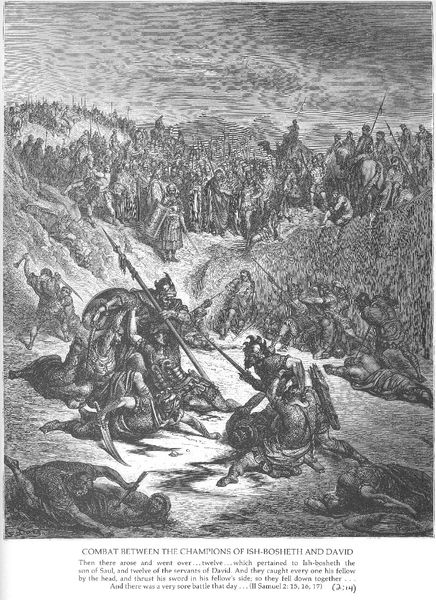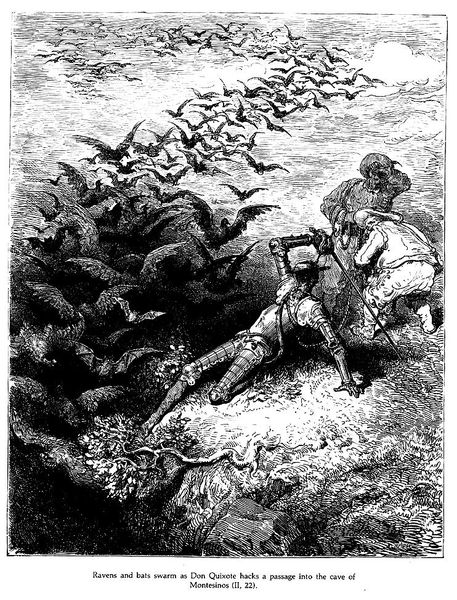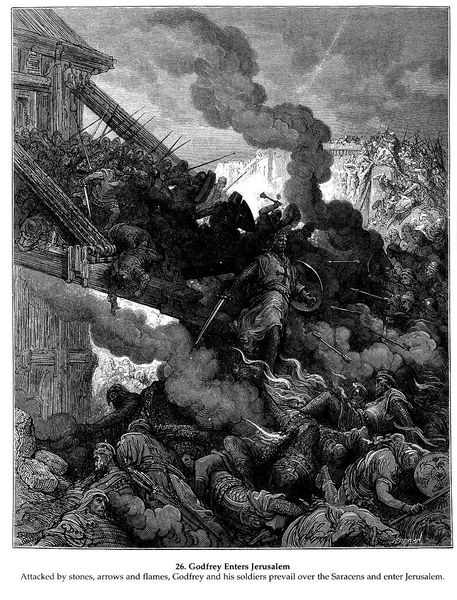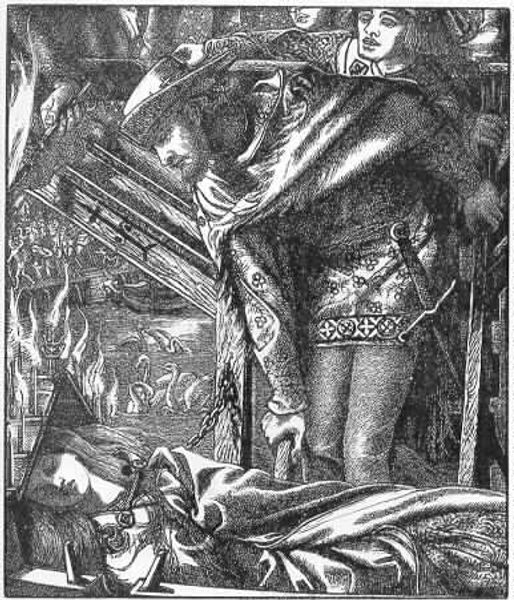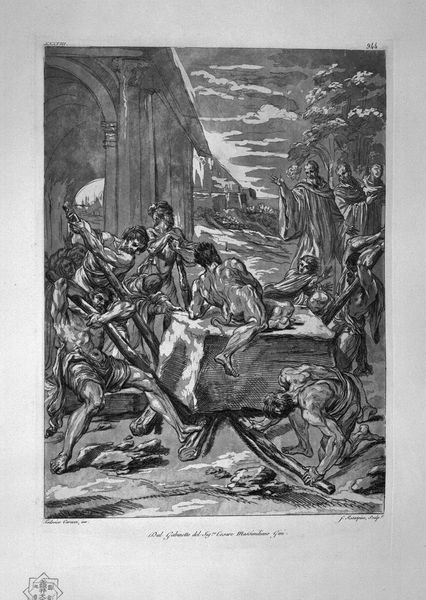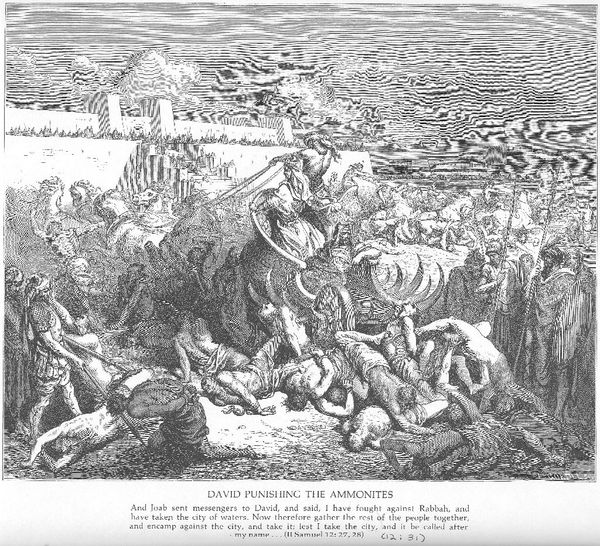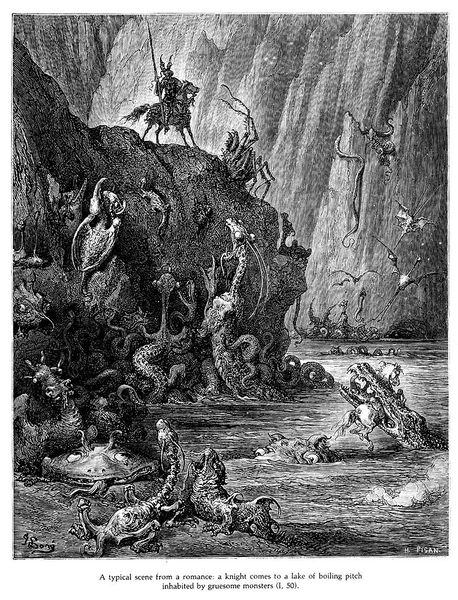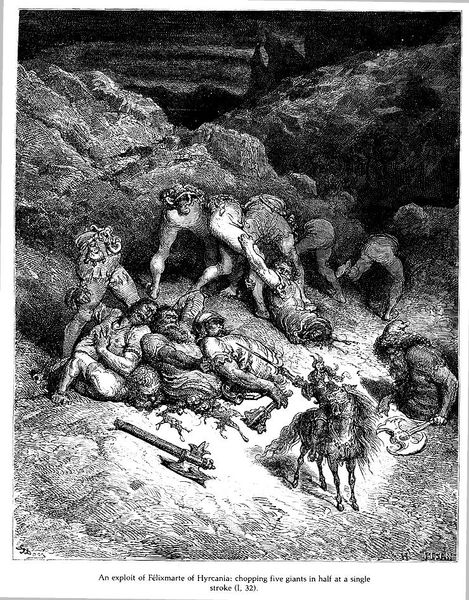
drawing, ink
#
tree
#
drawing
#
medieval
#
war
#
landscape
#
figuration
#
ink
#
line
#
history-painting
#
northern-renaissance
Dimensions: 21.8 x 15.6 cm
Copyright: Public domain
Editor: This is Albrecht Altdorfer’s "Battle between knights and mercenary," a drawing in ink from 1512. The chaotic composition makes it feel incredibly active, like we've stumbled onto a real conflict. What strikes you about this piece? Curator: Well, the intense action does leap out. But considering this through a historical lens, the romantic landscape overshadowing the actual battle is fascinating. Altdorfer wasn't just illustrating war; he was framing it within a very specific idea of Germanic identity, one deeply rooted in the forests. How do the forms of the landscape compare with the figures in armor? Editor: The landscape definitely has this… wild, untamed feel. Almost like another force in the battle itself! The figures look so small against these monstrous trees. Curator: Exactly. Altdorfer is participating in a growing cultural phenomenon. Prints and drawings like this circulated widely, fostering a sense of shared history and cultural pride within the burgeoning German nation. This heroic, albeit tiny, vision of armored knights was politically potent. Do you notice the use of line and how it reinforces that mood? Editor: Yes! The frenzied lines give a sense of immediacy to everything—the battle and the landscape. It almost feels like propaganda, even though it's so beautiful. Curator: That's insightful! Propaganda doesn't always have to be heavy-handed. Altdorfer's aesthetic choices – from the wild landscape to the miniscule scale of battling warriors— all contribute to a powerful visual statement about cultural heritage. Editor: It’s amazing how a drawing can hold so much historical weight. Looking at it this way, I see how much art shapes the narratives of cultural identity. Curator: And challenges them! It shows that our role as viewers, now and then, actively engages with the stories being told, constantly shaping and reshaping our understanding of the world and history.
Comments
No comments
Be the first to comment and join the conversation on the ultimate creative platform.
